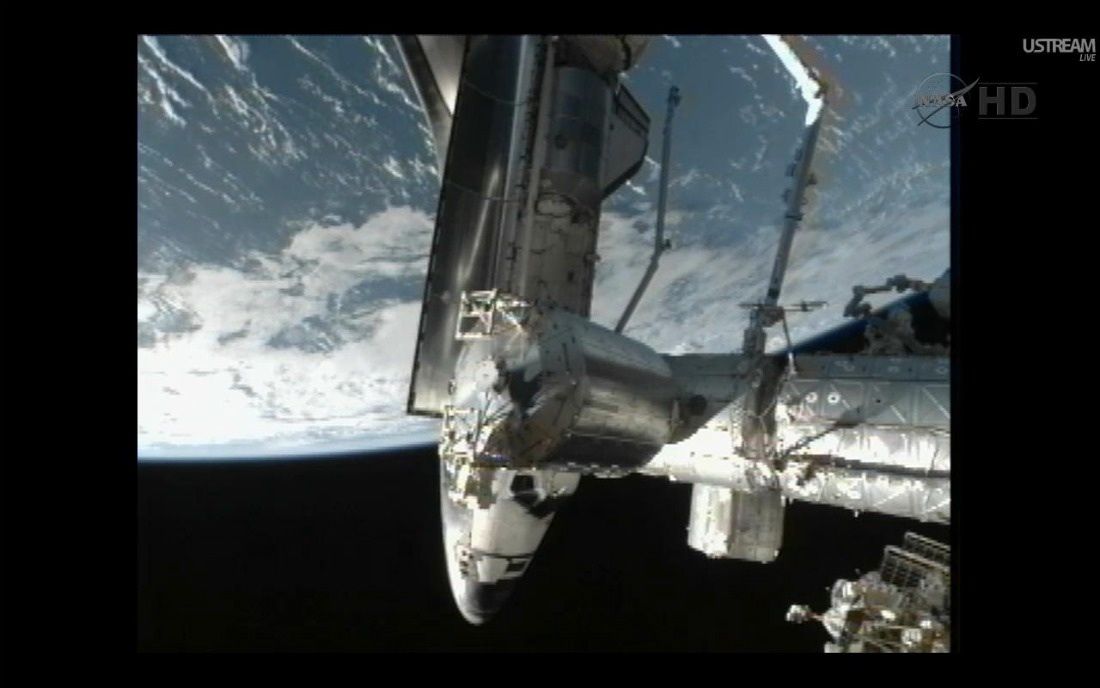

The Dream Chaser thrust into the limelight when NASA announced a competition for innovative commercial supply companies to provide crew and supplies to the International Space Station and Low Earth Orbit. Photograph published in Winds of Change, 75th Anniversary NASA publication (page 131), Credit James Schultz. Although the HL-20 never made it past a paper rocket, the goals to achieve low operational costs, improved flight safety, and a possibility of landing on conventional runways sparked attention. NASA conceptualized the HL-20 spaceplane for crewed orbital missions. NASA explored the HL-20 Personnel Launch System. The lifting body concept gained momentum again in the 1990s. The Martin Aircraft Company X-24 built as part of a 1963 to 1975 experimental US military program Once the Shuttle design necessitated certain size and crossrange capabilities, the lifting body design fell out of favor.

The US did build and fly several lifting body rocket planes to test the concept, as well as several rocket-launched re-entry vehicles that were tested over the Pacific. Lifting bodies were a major area of research during the 1960s and 70s and were a serious design option for the Space Shuttle. Dream Chaser instead is a lifting body (the fuselage is used to lift) and does have small winglets, or fins, to provide directional stability in flight.ĭream Chaser has NASA and Air Force heritage. So, technically, the Dream Chaser acts as a lifting body… so from a technical jargon sense, maybe it makes it a space-lifting-body and not a spaceplane? Okay, Spaceplane sounds better, so let’s stick with that.Īside fro Dream Chaser going into orbit, it differs from a typical airplane by not having a large wing structure that provides the lift to keep the vehicle in the air. The Dream Chaser Cargo System is a US reusable lifting-body spaceplane being developed by Sierra Nevada Corporation (SNC) Space Systems. SNC provides key system hardware to Dynetics for that contract. NASA recently announced the Dynetics Human Lander System team as one of the three winners for the return to the moon Artemis contracts. A crewed version still likely in the future and well within SNC’s capabilities. SNC could still offer a crewed version in the future with a useful life of at least 25 round trip missions. The vehicle will launch vertically on the rocket inside of a 5-meter fairing and deliver 5,500 kg of pressurized and unpressurized cargo to the International Space Station. The cargo Dream Chaser will resupply the International Space Station with both pressurized and unpressurized cargo. NASA did select the Dream Chaser for resupply missions in place of crewed missions. Due to concerns about developmental delays, NASA selected Boeing and SpaceX seemingly less risky capsule approach for crewed missions. Originally was intended as a crewed vehicle, the Dream Chaser Space System would have been capable of carrying up to seven people to and from low Earth orbit. Oh, yeah, sorry about the superman reference, but we will have a Star Trek reference at the end of the article for all you Star Trek fans. The spacecraft doesn’t get the publicity as some other spacecraft, which is a shame since it deserves it. Look! Up in the sky! It’s a bird! It’s a spaceplane! No, it’s a lifting body reusable spacecraft to resupply the International Space Station! Part of NASA’s attempt to develop a vibrant space community, NASA solicited awards for commercial resupply missions as well as crewed spacecraft launch services.


 0 kommentar(er)
0 kommentar(er)
